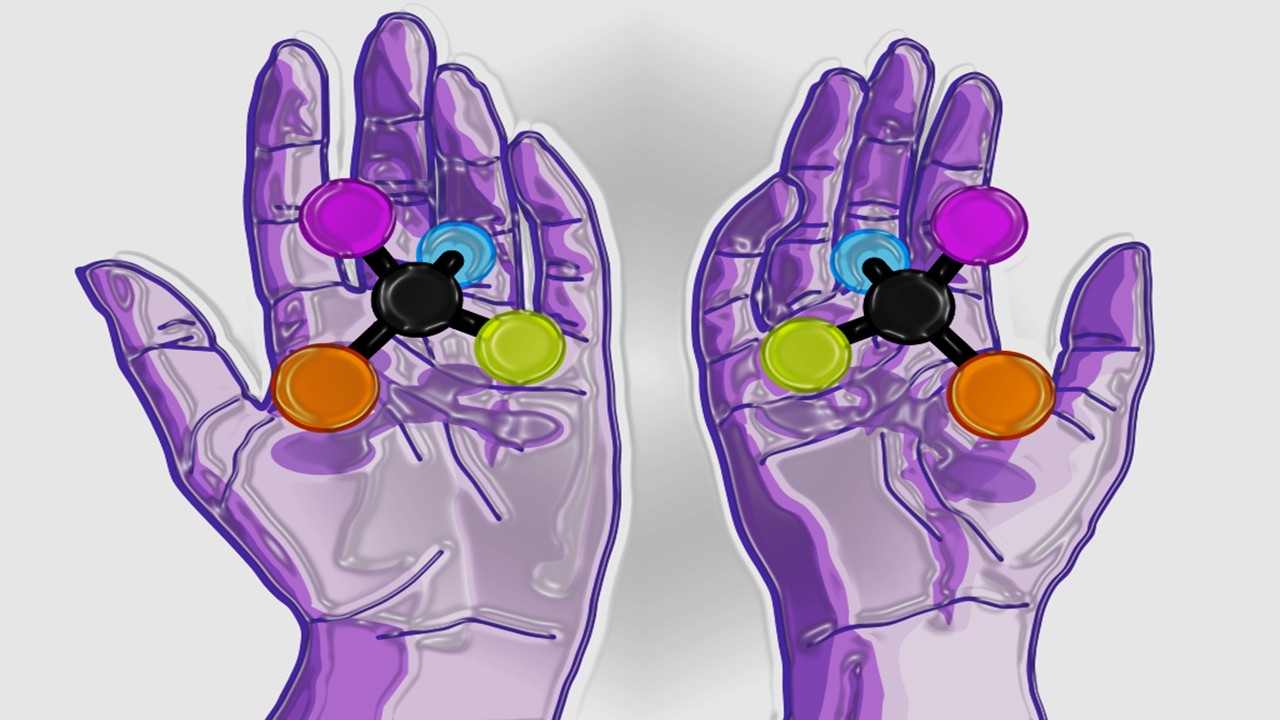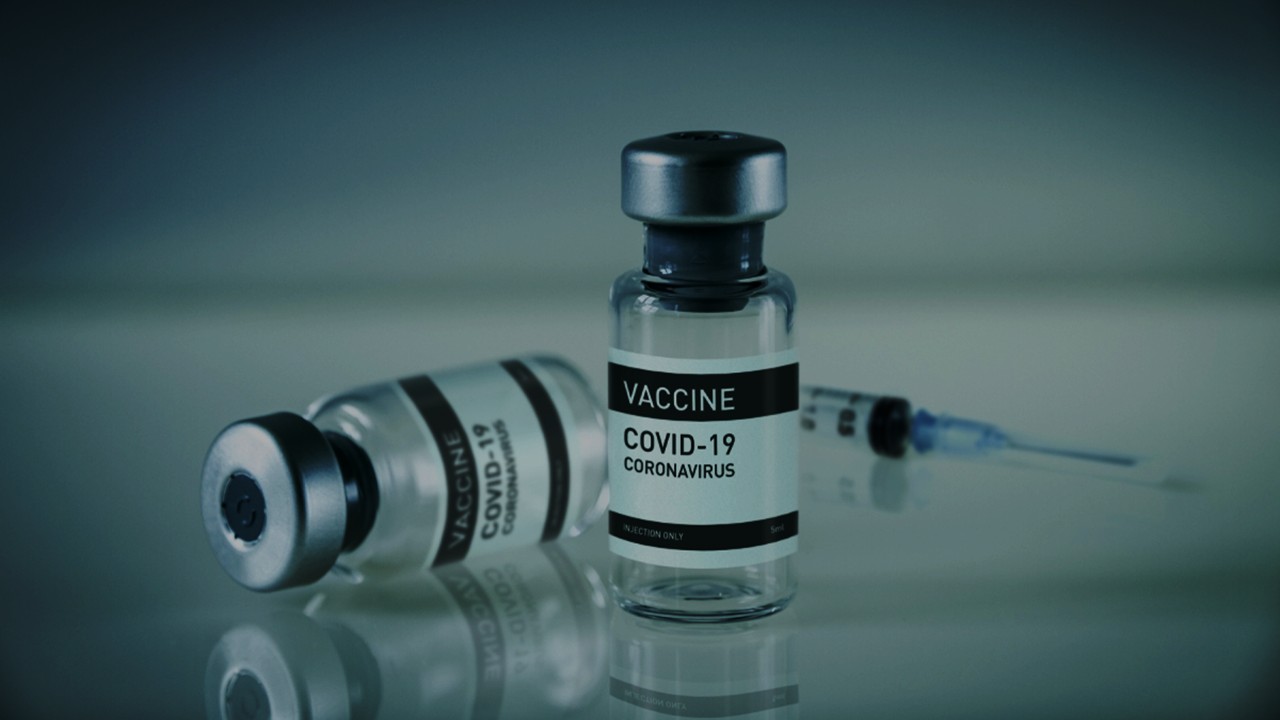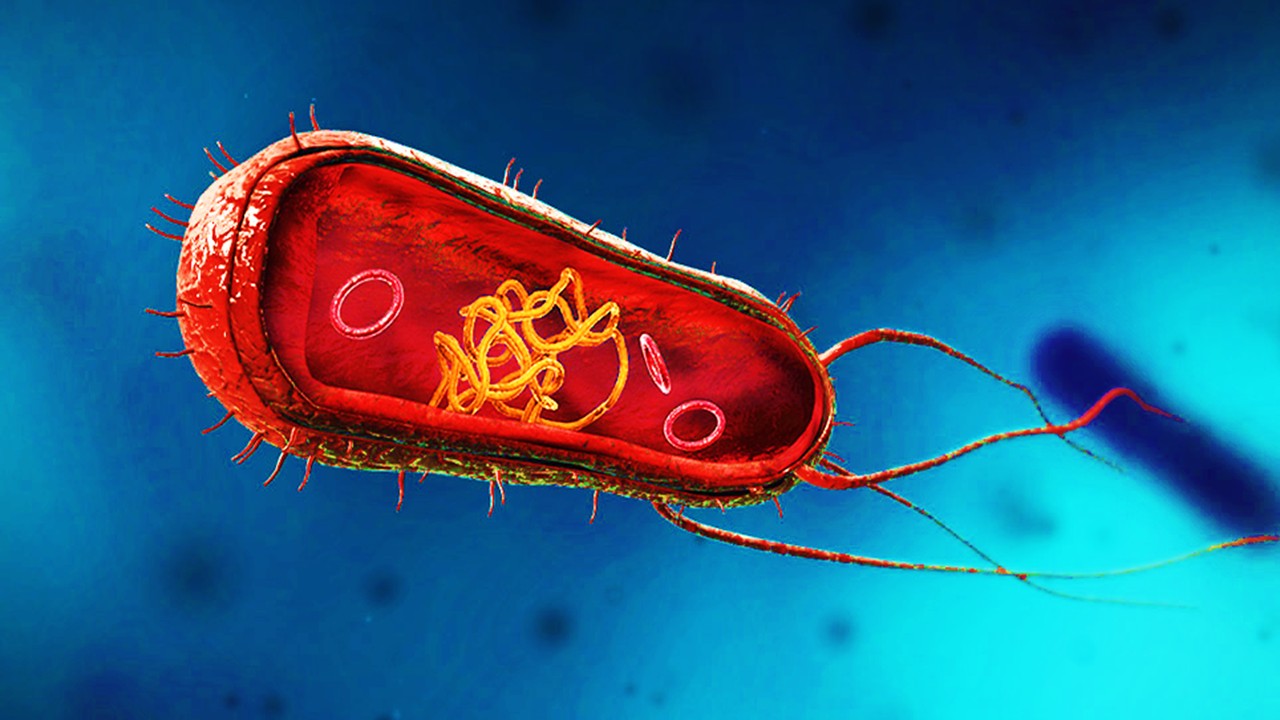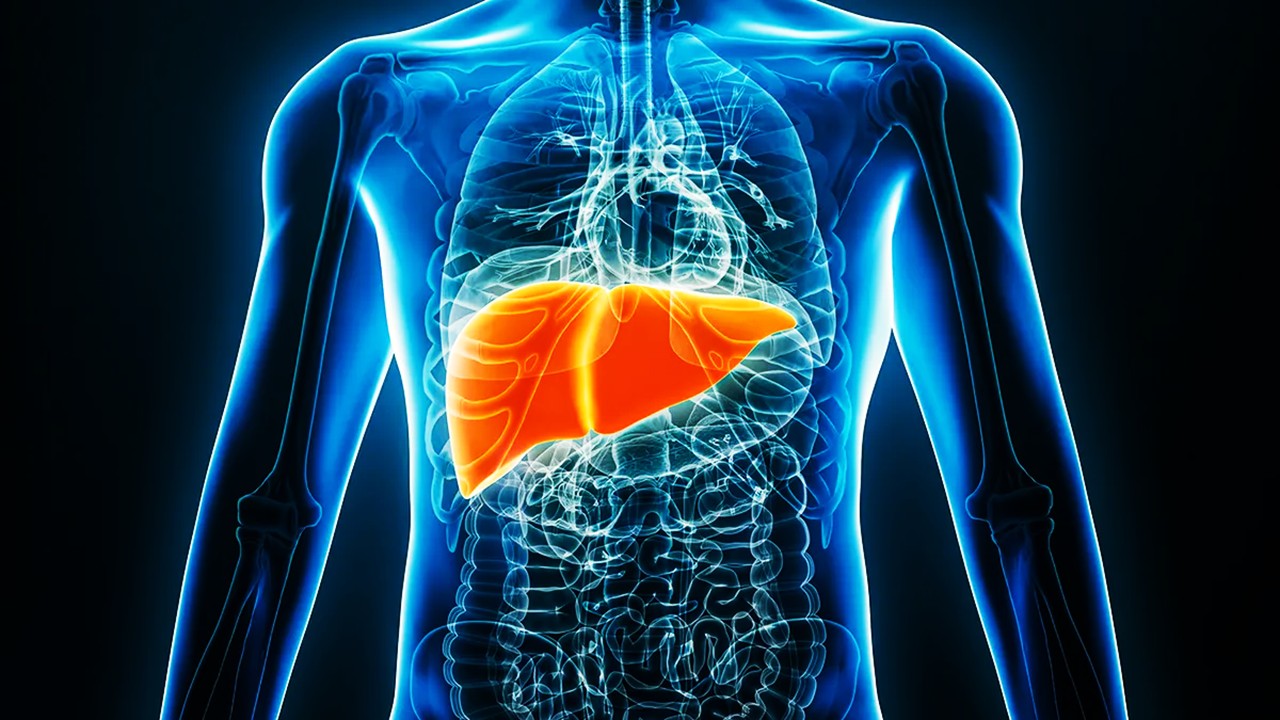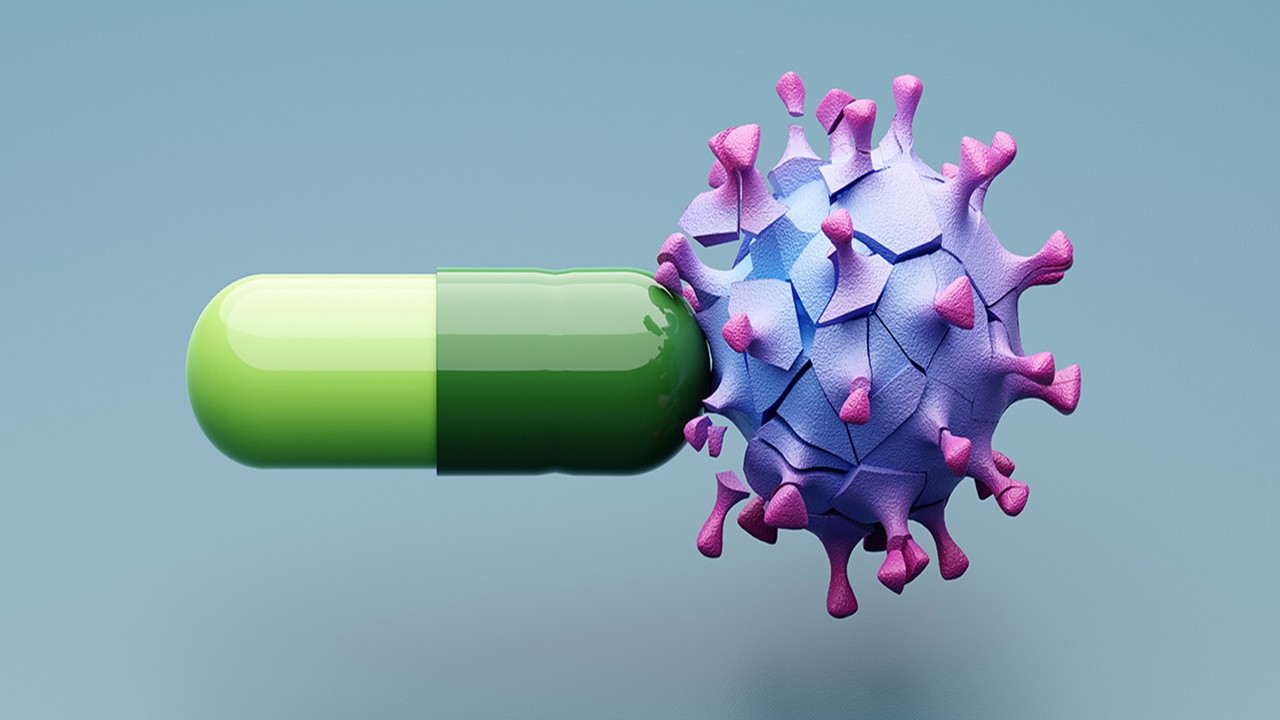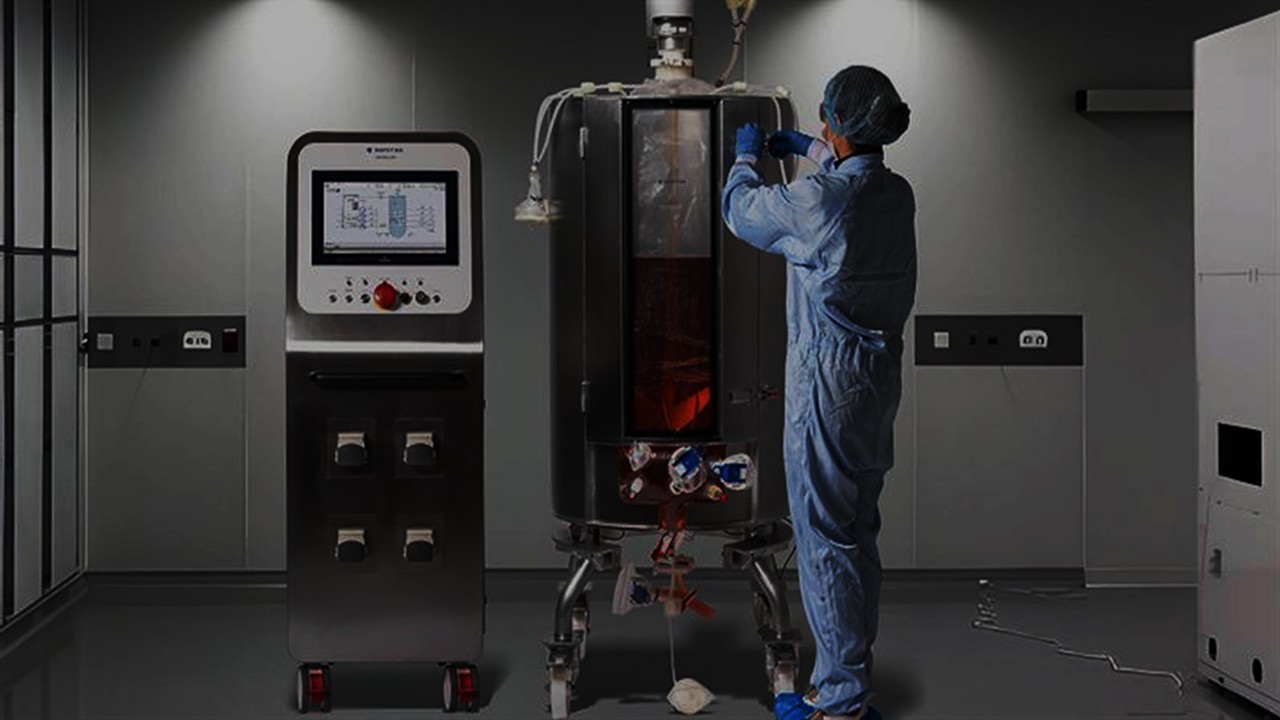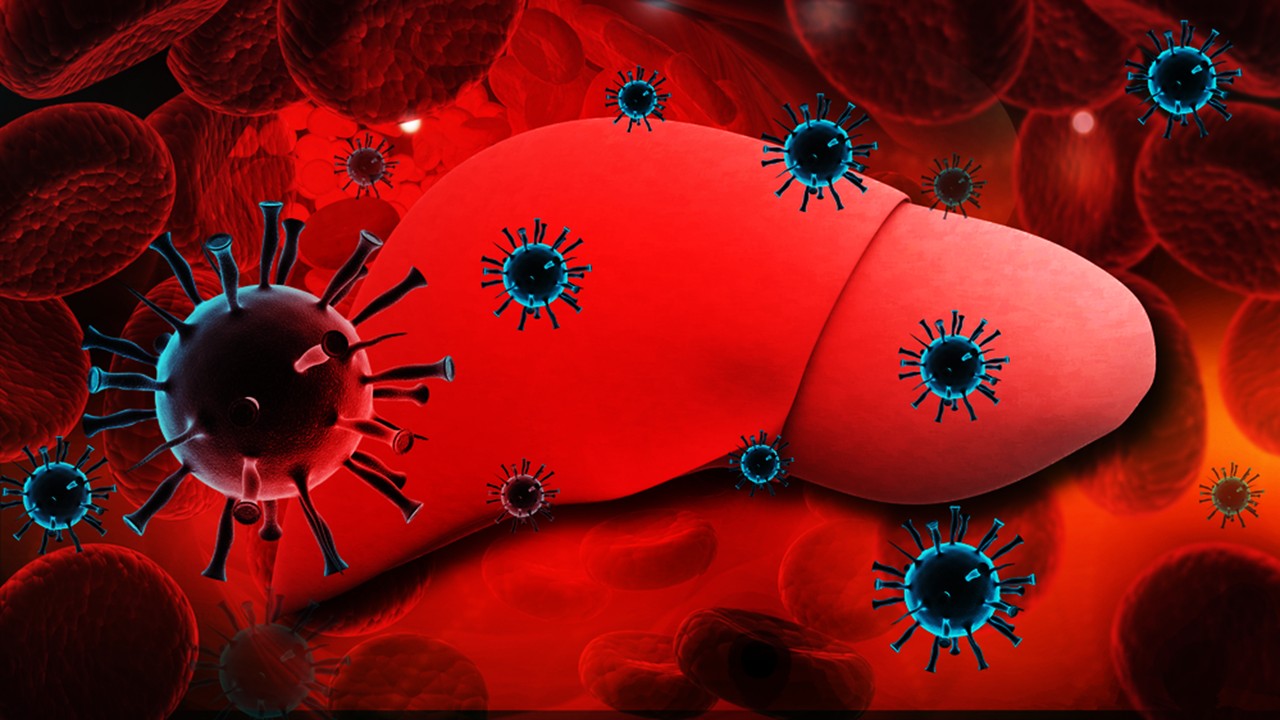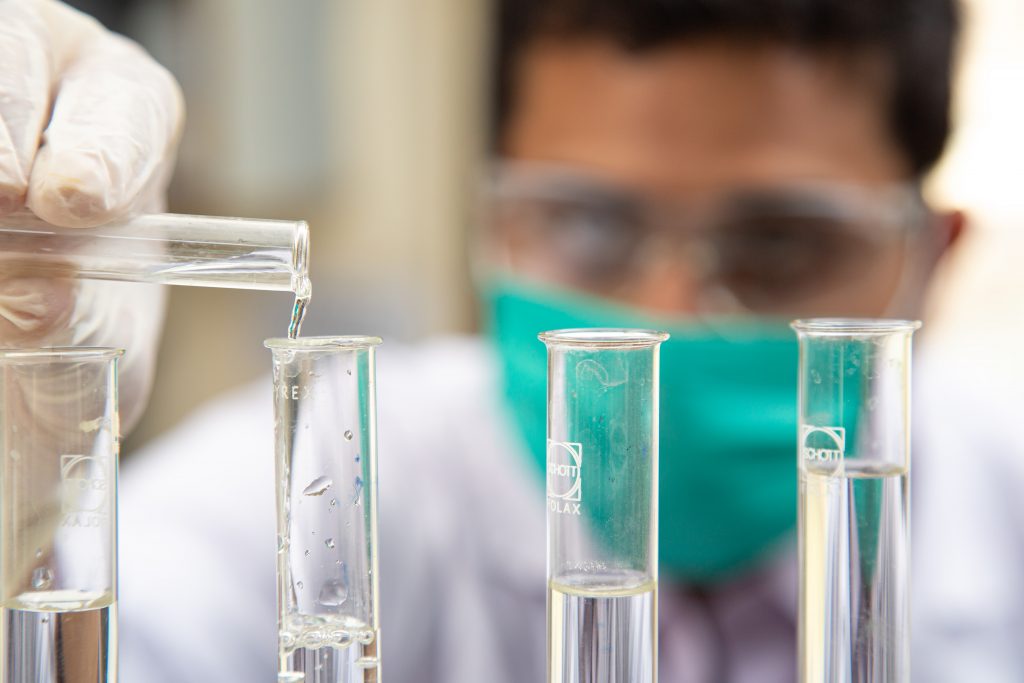
Drug discovery is evolving at a rapid pace, with high throughput screening becoming a crucial component within the process. As screening efficiency increases, researchers can better explore increasingly complex 3D chemical structure space. The growing importance of chirality in 3D chemical space exploration demonstrates a shift in modern drug discovery for hit-to-lead identification.
Chirality can be defined as the potential of a molecule to occur in two asymmetric forms, that are non-superimposable mirror images of each other. Many organic molecules, including glucose, and most biological amino acids are chiral.
However, this phenomenon occurs without changing the atomic composition, atom-atom connections, or bond orders. Consequently, this means that a compound can exist in two almost identical structural forms, the properties however, may not remain the same.
An example of this in a pharmaceutical context is the renowned drug Thalidomide, originally prescribed to pregnant women for the treatment of morning sickness. Unfortunately,later on it was discovered that Thalidomide is a chiral molecule, and while the left-handed molecule was effective, the right-handed one was highly toxic. As a result, thousands of infants around the world were born with severe birth defects.
The two versions of the molecules are characterised by left-handed and right-handed chiral configurations, like human hands; molecules with “left-handed” and “right-handed” chirality often demonstrate very different biochemical activity.
In 1992 the FDA published new guidelines regarding stereochemistry of molecules in the context of developing new drugs. In the guidelines, it is stated that “absolute stereochemistry be known for compounds with chiral centers, and that this information should be established early in drug discovery and development in order that analysis is considered thorough and valid for inclusion in the drug approval application”.
Essentially, reinforcing the importance of determining the 3D structure of potential drug candidates, especially in the context of chiral chemicals.
The chirality of chemicals plays a very important role in drug development, and more recently, has been suggested as an opportunity to discover a whole new class of novel drugs.
How is chirality important in drug design and development?
Understanding the 3D structure to a molecular level, is a crucial step in predicting the pharmacokinetic of a potential drug candidate. In the context of biological molecules, chirality plays a major role in the structure and function of peptides – this is due to the fact that their biological activity and physical properties are reflected in their conformation and configuration of amino acids.
As a result, chirality in molecule structure introduces complexity in characterised drug behaviour in terms of pharmacokinetics-pharmacodynamic models. If insufficient research is performed to characterise the 3D structure of a compound, it could result in an ineffective drug.
In other words, a chiral compound in the early stages of drug discovery may demonstrate significant therapeutic properties and great biocompatibility as it happens to be the left-handed confirmation. However, later down the line, the drug may display no activity, or lower activity due to the fact that in this case, it is the right-handed confirmation of the molecule.
This is because one chiral confirmation may interact more strongly with a certain target site than another, hence, researchers need to clarify early on which confirmation of the chiral molecule demonstrates the pharmacokinetic/dynamic activity that correlates with the therapeutic effect.
Proteins, for example, are often enantioselective towards their binding partners i.e. favours the formation of a specific enantiomer. Enantiomer simply refers to chiral molecules which are non-superimposable mirror images of each other.
Between 1989 and 2021, among the 21 new antiepileptic drugs (AEDs) approved for the treatment of epilepsy, as many as 11 were chiral molecules. The chirality of molecules has had a substantial impact on the development and discovery of new AEDs, which were developed by applying the “single-enantiomer approval strategy” i.e. ensuring that the drug was consistent in the stereochemistry.
Pharmacovigilance
In terms of potential toxicity, the control of molecular chirality has shown to improve drug safety. According to a source, “more than half of the therapeutic drugs are made up of equal amounts of left-handed and right-handed chiral molecules, commonly known as “racemates”. As emphasised, this can be crucial in drug discovery, as one could show the desired therapeutic effect, while the other may have adverse effects.
By separating and producing molecules with only the specific chiral arrangement responsible for the therapeutic effect, this can help the manufacture of drugs with improved efficacy and more importantly, safety.
Several decades ago, a number of challenges impacted the ‘developability’ of enantiomeric drugs including:
• The availability of pure enantiomers
• The development of sensitive and selective assays for the determination of enantiomers and racemates. This is important as the data will support dosage form development and drug monitoring in preclinical, toxicology, and clinical studies
• To ascertain very early in the program similarity and/or differences in the pharmacology, pharmacokinetic, pharmacodynamic, and toxicology profiles of the two enantiomers
• To assess the metabolic profile of the two enantiomers and racemate in suitable in vitro screens to aid the selection of toxicology species
• Determination of the pharmacological potency
The rapid rate at which technology is evolving has helped to address some of the issues above, especially in the case of assay development.
According to a source, there are a number of ways in which labs can separate and analyse chiral structure confirmation. Liquid/gas chromatography, capillary electrophoresis, and nuclear magnetic resonance spectroscopy are a few ways in which researchers can characterise the enantiomers of chiral molecules and compounds. Utilising these analytic methods, researchers can better support their drug development, process optimisation, scale-up and regulatory submissions.
Research interest on the implications of chirality on drug development has grown significantly in the past three decades. This impact on the efficacy, toxicity, distribution, and fate of chiral chemicals has enabled researchers to develop drugs which are not only more therapeutically effective, but also safer, thanks to the regulatory guidelines by the FDA concerning chemical chirality in drug discovery.
Charlotte Di Salvo, Editor & Lead Medical Writer
PharmaFeatures
Subscribe
to get our
LATEST NEWS
Related Posts
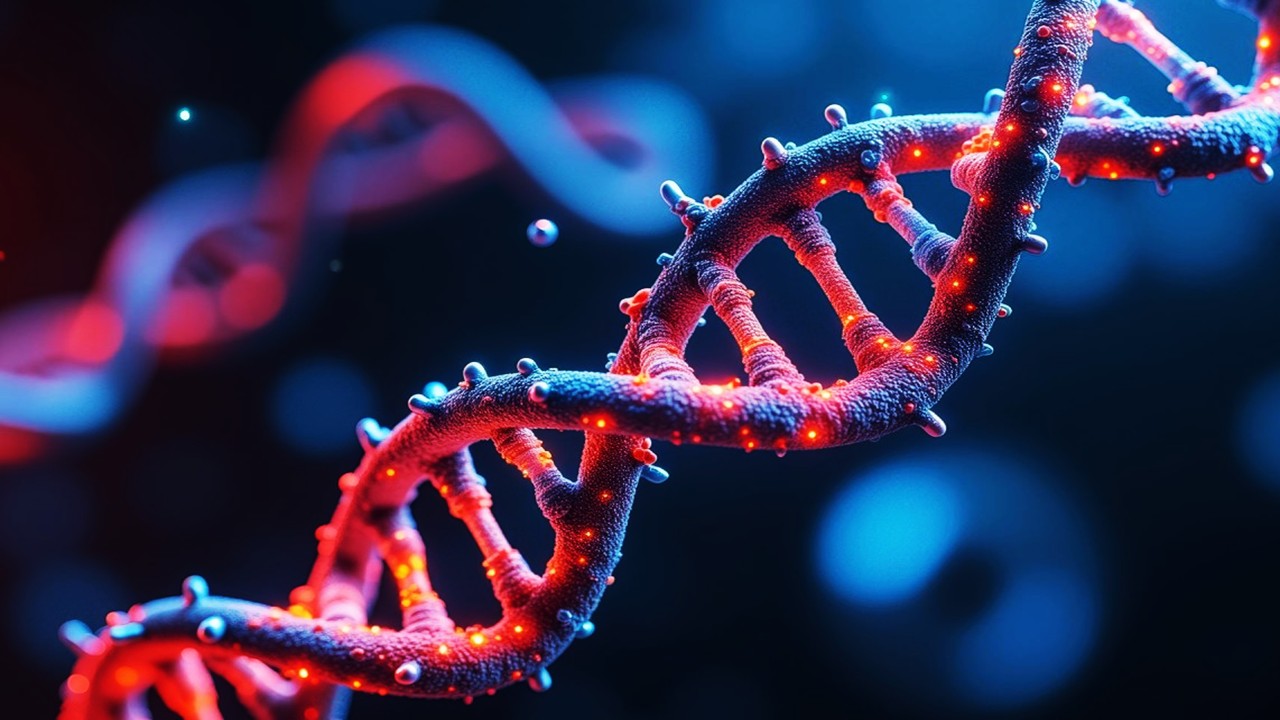
Medicinal Chemistry & Pharmacology
Pathogenic Targeting 5.0: The Rise of RNA Therapeutics and Peptide-Based Drugs in Modern Medicine
Unlike traditional small-molecule drugs, which interact with proteins, RNA therapies modulate gene expression directly, enabling interventions at the root of disease.
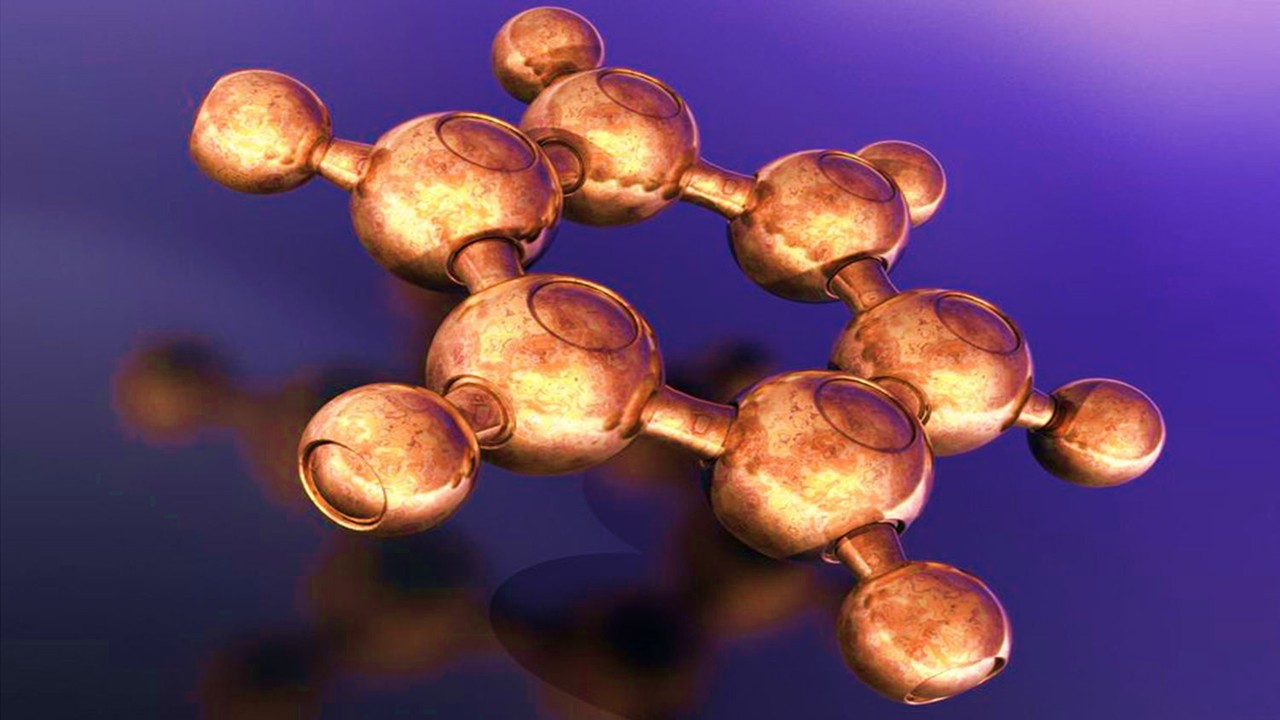
Medicinal Chemistry & Pharmacology
Polarity Alchemy: Strategic Charge Manipulation in Contemporary Drug Design
The future promises tunable therapies with polarity adjustable by light, magnetic fields, or bioorthogonal triggers.
Read More Articles
Mini Organs, Major Breakthroughs: How Chemical Innovation and Organoids Are Transforming Drug Discovery
By merging chemical innovation with liver organoids and microfluidics, researchers are transforming drug discovery into a biologically precise, patient-informed, and toxicity-aware process.
Tetravalent Vaccines: The Power of Multivalent E Dimers on Liposomes to Eliminate Immune Interference in Dengue
For the first time, a dengue vaccine candidate has demonstrated the elusive trifecta of broad coverage, balanced immunity, and minimal enhancement risk,





